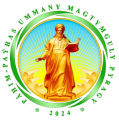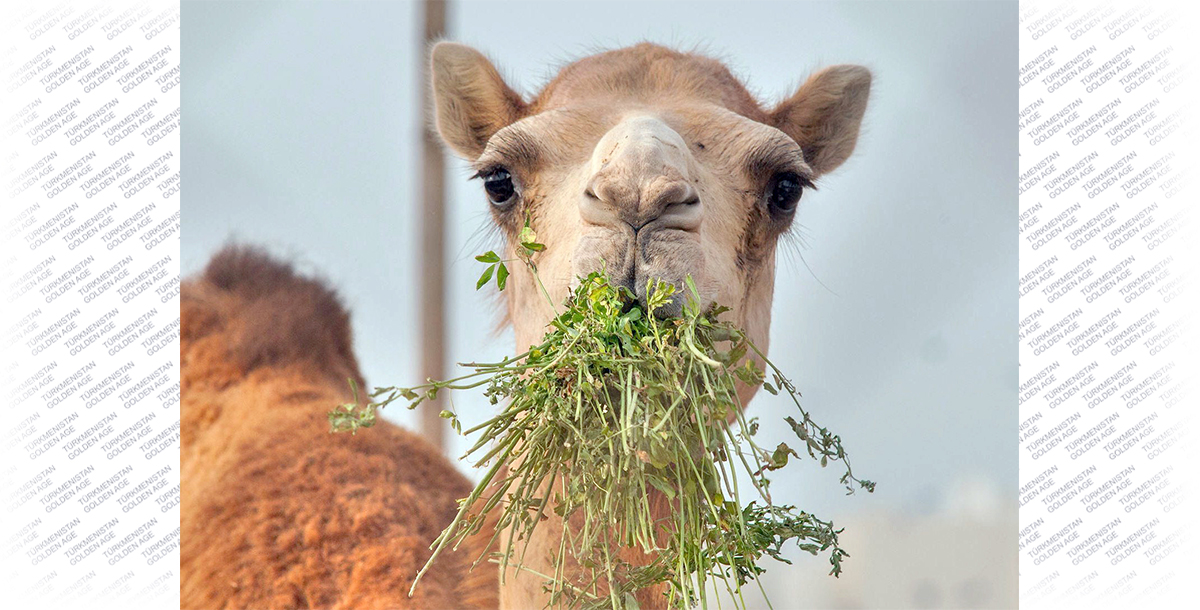On the endless expanses of the Karakum Desert, she grows - "the queen of the desert" or as she was called by the people "camel thorn". This ancient medicinal plant from the legume family is mentioned in the Quran and has several names.
Yantak, jantak or the Latin generic name for camel thorns - "Alhagi" ("Hajj"), translated from Arabic means a person who makes a hajj (pilgrimage). Once upon a time, the journey to Mecca, which every Muslim seeks to make, took many months and years. Believers traveled through the desert on foot or on camels, and the thorny plant served as food for animals, fuel for their drivers, and medicine for sick people.
In the multivolume encyclopedia "Medicinal Plants of Turkmenistan", the author of which is the President, Academician of the ANT, Doctor of Medical Sciences, Professor Gurbanguly Berdimuhamedov, it is mentioned that 10 species of camel thorn grow in the world - 4 of them are found in Turkmenistan.
The Persian camel thorn blooms and bears fruit from June to September, but the thorny plant can be found not only in the Karakum Desert, it is widespread in mountainous areas and in oases.
A distinctive feature of the Persian camel thorn is that it is capable of releasing a sugar-bearing liquid, which turns into solid lumps in a dry and hot desert climate, which are called "manna" in sacred texts.
Other types of thorns are almost completely devoid of this ability. Sweet manna served as a delicacy in the days of prosperity, and yantak tea helped to avoid gastrointestinal upset. Outwardly, this broth was used to treat inflamed wounds and various skin diseases. Modern studies of the therapeutic effect of Persian and common camel thorn have shown that the aerial parts of both plants contain substances that have a bactericidal effect on streptococci, staphylococci, dysentery pathogens, as well as wound healing, astringent and choleretic effects.
Honey of the “GENÇ” trademark is very popular in Turkmenistan. The company, located in the Dashoguz velayat, at the junction of the great Karakum desert and the Ustyurt plateau, is engaged in the production and sale of beekeeping products.
Among the 11 types of honey produced, one of the best nectars is considered to be yantak honey. Thorny honey is useful for inflammatory diseases of the oral cavity, sore throat, gastritis and gastric ulcer.
As noted in the encyclopedia "Medicinal Plants of Turkmenistan" of the esteemed President: "The flora of Turkmenistan, distinguished by exceptional wealth, has served as a tireless supplier of healing products for the treatment of various ailments and diseases for many millennia."
Svetlana Chirtsova







